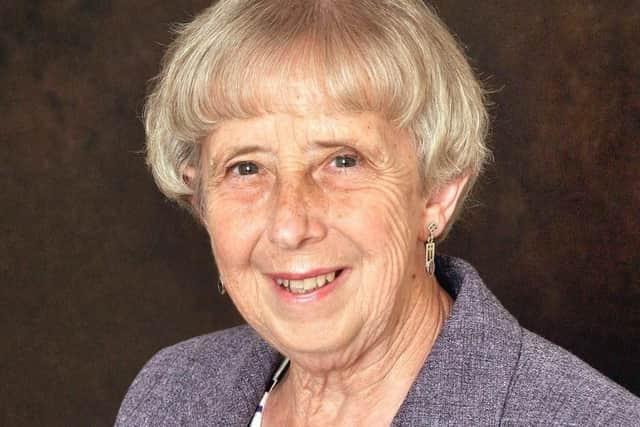School league tables: Government delivers its verdict on South Tyneside schools


In South Tyneside five of the secondary schools were classed as below average for the benchmark, and a further eight were classed as well below.


The Progress 8 score shows how much progress pupils made between the end of key stage 2 and the end of key stage 4, based on results in up to eight qualifications, including English, maths, three English Baccalaureate qualifications, including sciences, computer science, history, geography and languages, and three other additional approved qualifications.
Advertisement
Hide AdAdvertisement
Hide AdA score above zero means pupils made more progress, on average, than similar schools and below zero means they made less, but a negative progress score does not mean pupils made no progress, or the school has failed.
A new study from the University of Bristol has suggested that 40% of schools currently judged as underperforming would not fall into this category if pupil ethnicity, deprivation and special needs were taken into account and that the tables punish schools by ignoring student backgrounds.
Coun Moira Smith, Lead Member for Children, Young People and Families, said: "The borough improved its Progress 8 results overall, bucking the regional and national trend where performance was worse than in 2017. Progress 8 is a complex measure influenced by a number of factors and school outcomes need to be judged in far broader terms.


"Five of the schools that were below national average on Progress 8 had 65% or more children achieving a 9-4 (old C or better) in both English and Maths, which is better than the national figure.
Advertisement
Hide AdAdvertisement
Hide Ad"We want all our young people to have the best start in life so we will redouble our efforts to make sure every child has the outstanding education that they deserve."
In South Tyneside St Wilfrid's RC College bucked the trend and was the only secondary in the borough to score above average with a Progress 8 score of 0.43, putting it top of the Government's tables for overall performance.
Mark Price, head of school at St Wilfrid's, said: "We are absolutely delighted for the children that they got what they deserved in what was a challenging year for them.
"The results are really a testament to the work that staff put in on a day to day basis. The partnerships we have with parents and that they support the work that we do here and also the pupil engagement and the interventions we put in place for them."
Advertisement
Hide AdAdvertisement
Hide AdHe said the school always keeps pushing forward to achieve year on year.
When it comes to A-levels, it was Harton Academy which has taken the top overall performance spot with a Progress 8 score - calculated on progress made between the end of key stage 4 and end of A-level studies compared to similar students - of 0.11.
Commenting on the secondary school performance tables, published today by the Department for Education, Nansi Ellis, Assistant General Secretary of the National Education Union, said: "School performance tables are not an accurate or reliable indicator of school effectiveness.
"The Progress 8 measure that is used to compile these tables is inherently flawed. Using the grade a child achieved in primary school in two subjects is not a safe starting point against which to assess their attainment five years later. Nor does it take into account all the additional problems and factors that affect pupil attainment.
Advertisement
Hide AdAdvertisement
Hide Ad"The tables can also disadvantage schools in economically and socially deprived areas. Many good schools fall in the bottom half of the tables simply because they serve poorer communities. There is a well-established link between child poverty and academic attainment, yet performance tables fail to reflect the hard work that schools put in to try and compensate for the poverty that many children experience.
"Damian Hinds must look at the evidence, stop this inaccurate and misleading use of data and move towards accountability that gives a true picture of the work and attainment of schools."